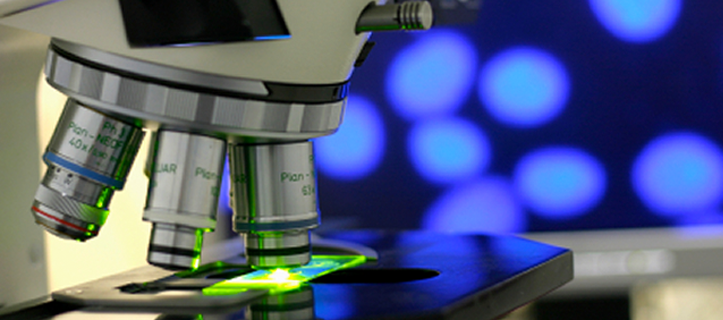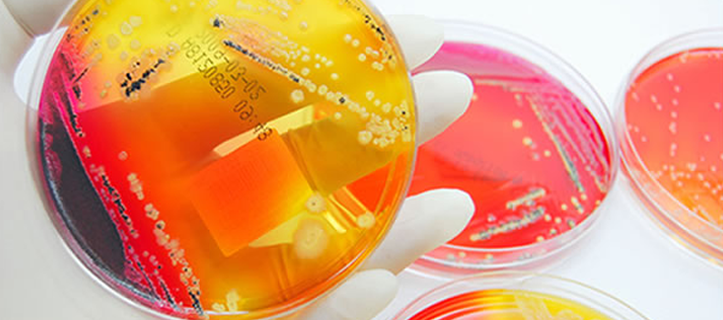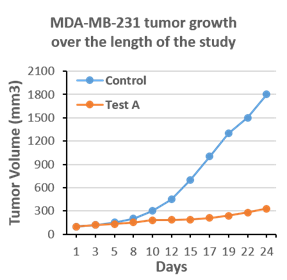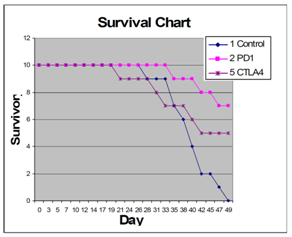Xenograft

syngeneic

Ortho

homograft

Metastaic

We are committed to providing you with the most relevant pre-clinical models to define the mechanisms underlying disease and enable you to select effective drugs to treat personalized targeted tumor types. We offer customizable study designs, access to a comprehensive collection of mouse models – Xenograft, syngeneic, orthotopic, Homograft and immuno-oncology platforms to test the effectiveness of novel or existing immunotherapeutic compounds. Our mice and service solutions combine innovation, reliability, and commitment to customer service to offer you the most clinically-relevant mouse models and precision services.
Xenograft Models

Preclinical Drug Efficacy Studies Human cancer cell line xenografts establish tumors when placed in immunodeficient Nude athymic mice. The efficacy of novel compounds in inhibiting their growth and development as well as the mechanisms involved can be investigated in this model. Below is a list of available routinely used tumor cell lines at MuriGenics:
- Prostate – LNCaP, PC-3, DU-145
- Breast – MCF-7, BT-474, SK-BR3, BT-20, MDA-MB-231, MDA-MB-468, MDA-MB-453
- Colorectal – HT-29, HCT-116, COLO 205, SW620, SNU – C2B, KM12
- Lung – NCI-H460, NCI- H522, A549, DMS53
- Melanoma- SK-MEL-2, A431, A2058, A375
- Pancreatic- MIA-PaCa-2, PANC-1
- Ovarian- OVCAR-3, SK-OV-3
- Glioblastoma – U87-MG, LN-229, SF268, U251
- Neuroblastoma – SK-N-MC
- Multiple Myeloma – MM.1S, RPMI 8226, OPM-2Acute Myeloid Leukemia – K562, MOLM-13, MV4-11
Species:Mice Athymic Nude mice (Balb/c background Foxn1nu mutation), NSG, other immune-deficient mice.
Dosing: Means of Administration include – PO, SC, IP, IV, Intratracheal, Intramuscular, Intrathecal, Topical, Slow-infusion and Continuous Infusions (Osmotic or syringe pump)

Measurements:Clinical observations, body weight, tumor measurements (microcaliper), blood chemistries, histopathology, cytokine profiling using ELISA and Luminex multiplex assays
As with all of our in vivo services, we guarantee continued communication during on-going studies and will contact you directly with any questions or concerns. This helps to guarantee that any data collected is both biologically and clinically reliable and relevant.
Syngeneic Models

Syngeneic models are allografts from mouse cancer cell lines, which are then engrafted back into the same inbred immunocompetent mouse strain. The identical host and cell line strain means that tumor rejection doesn’t occur, creating an immunocompetent model for immunotherapy assessment. Thus, a syngeneic mouse model, provides an effective approach for studying how cancer therapies perform in the presence of a functional immune system.
Cancer immunotherapies work with a patient’s own immune system to increase native anti-tumor responses. In the development of these drugs, conventional patient-derived xenograft (PDX) models lack relevance due to the animals’ immunocompromised status.
Syngeneic mouse models, however, consist of tumor tissues from the same genetic background as the given immuno-competent mouse strain. A syngeneic mouse model provides an effective approach for studying how cancer therapies perform in the presence of a functional immune system.
- We have Establish or confirm the synergistic response of your test article used in conjunction with checkpoint inhibitor reference compounds.
- Syngeneic tumor models from MG have characterized response data for Anti PD-1 and Anti CTLA-4 checkpoint inhibitors.
- Work with the experienced preclinical immuno-oncology team who can help with custom model development.
Syngenic models available:
- Breast – 4T1, EMT-6
- Lung – KLN205, Lewis Lung LLC or LL/2
- Colon – colon26, CT26, MC38
- Lymphoma – A20, EG7
- Melanoma – B16
- Renal – Renca
Orthotopic Models
In orthotopic xenograft models, tumors or tumor cells are either implanted or injected into the equivalent organ from which the cancer originated. Orthotopic mouse models are better suited for recapitulating local invasion and distant metastasis because subcutaneous xenograft mouse model rarely develops metastasis
- Pancreatic cancer
- Bone met
- Cancer model
- Brain cancer
Homograft models
MuriGenics provide a range of genetic engineered mouse models (GEMM) and carcinogen-induced primary mouse tumor models covering multiple disease indications and a variety of mutations. Pancreatic cancer (PDAC) is the fourth leading cause of cancer-related mortality and there is an acute need for therapeutic intervention. Single agent based immunotherapy using anti-PD-1 and CTLA-4 are not effective in PDAC. Mouse KPC model recapitulate human PDAC tumor microenvironment are valuable tools to study various therapies. Mouse homograft models offer complete immune systems which can be used for immunotherapy and combination therapy assessments.
Metastatic cancer models
Tumor metastasis is the main cause of death of cancer patients. We have various metastasis models that can be used for your study design. Spontaneous metastasis mouse model, 4T1 mouse breast tumor cells can be injected into the mammary gland of host mice and the metastasis of 4T1 tumor cells into the lung are examined.
Our metastatic cancer cell models are:
- Melanoma- B16
- Breast cancer- 4T1, MDA-MB-231
- Lung- LLC
- Colon- HCT116, SW-620
- Prostate- PC-3
- Ovary- SK-OV3
